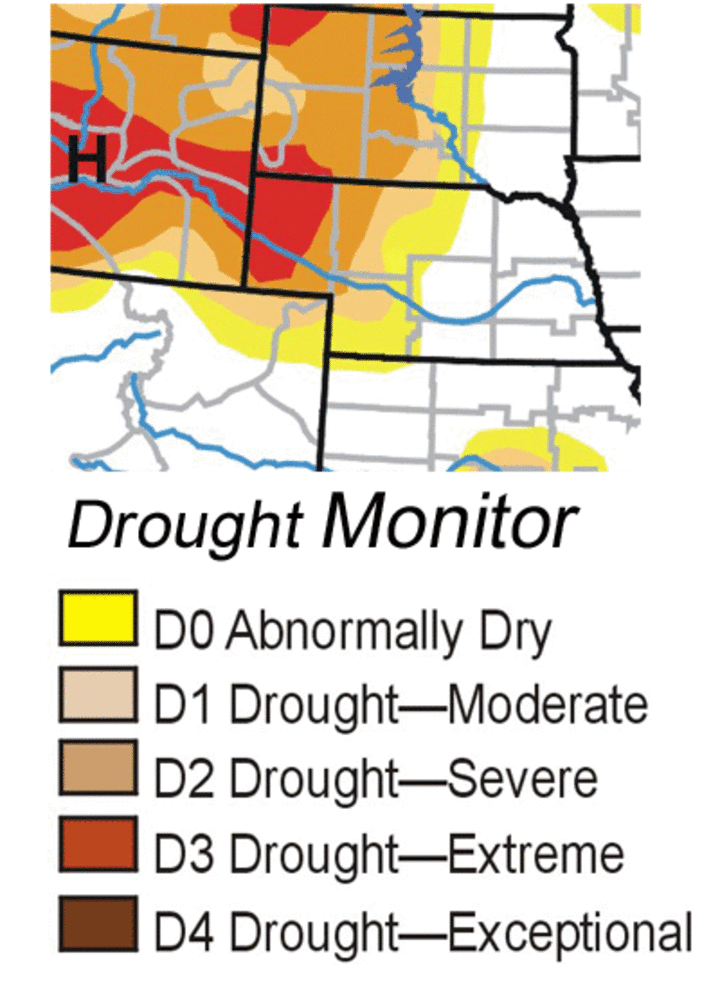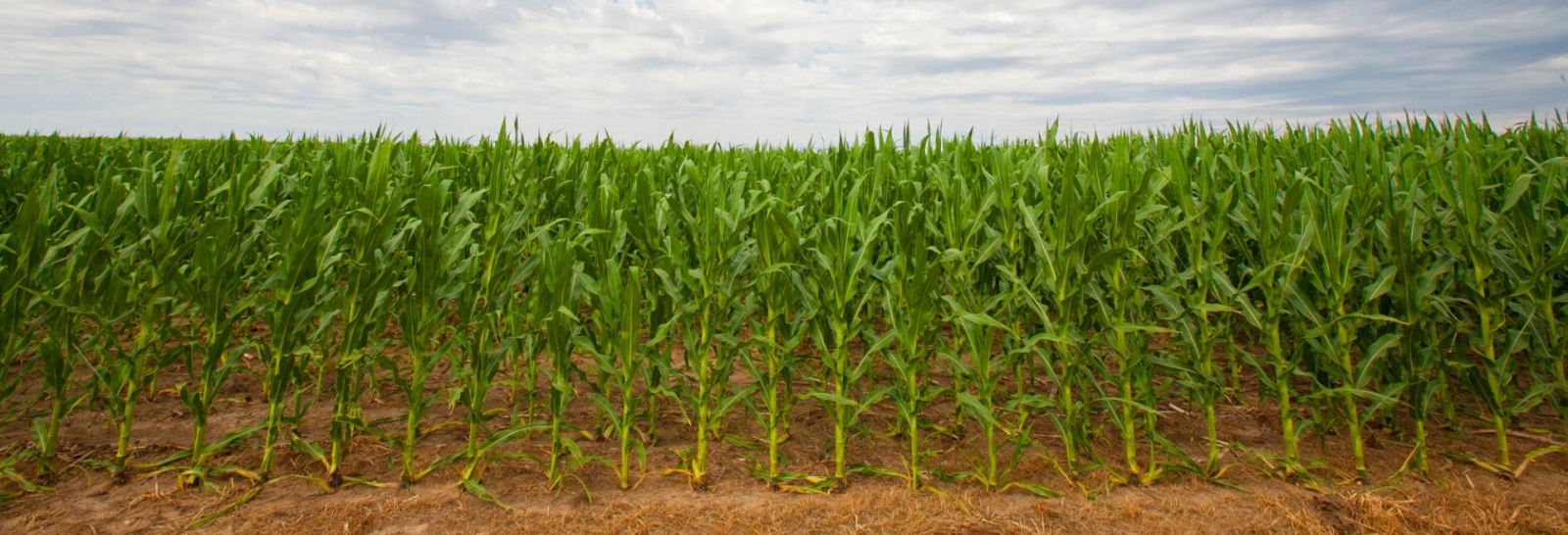March 16, 2007
Drought in western Nebraska continues to be a problem with Lake McConaughy sitting 5 feet lower than it was at this time last year, the University of Nebraska-Lincoln state climatologist said. Precipitation will be critical in the next two months to relieve the western Nebraska drought and keep eastern Nebraska from dipping back into a drought, said Al Dutcher, state climatologist in the university's Institute of Agriculture and Natural Resources.

For more information . . . about the drought, visit IANR's Drought Resources and Information Web page at http://ianrhome.unl.edu/drought/.To view the U.S. Drought Monitor, visit http://www.drought.unl.edu/dm/monitor.html.
|
The latest Natural Resources Conservation Service stream flow predictions show levels at 50-70% of normal in the northern Platte River basin, which feeds Lake McConaughy. In the Panhandle, there already have been reports of blowing dust problems and in the Scottsbluff area, there is only about 1.5 inches of available moisture in the profile, Dutcher said.
Without further moisture in April and May, grasshoppers and pasture and hay shortages could become a threat in the central Sandhills and southwest Nebraska this summer .
The southern branch of the Platte has done well, and flows should continue throughout Nebraska at least through the spring months. The Republican River Basin is difficult to call, Dutcher said. While there was heavy snowfall in eastern Colorado, most of it was lost and recovery doesn't look promising.
Moving from El Nino to La Nina
The El Nino weather pattern present across the U.S. this winter also has moved out and there are signs of a La Nina weather pattern moving in, he said. A La Nina event occurs when the Pacific Equatorial Region is at least one-half degree Celsius below normal for three months. Dutcher said a colder than normal trend has started and if those temperatures hold or strengthen over the next few months then it will officially be called a La Nina.
In Nebraska, La Nina means a warm, dry fall with typically little impact on spring and summer.
Sandi Alswager Karstens
IANR News Service
